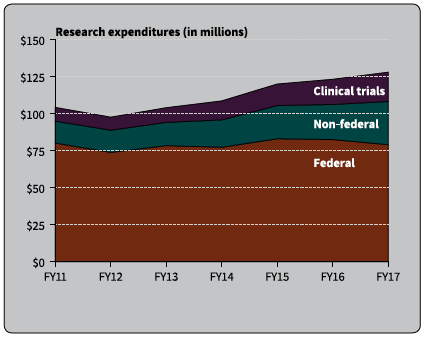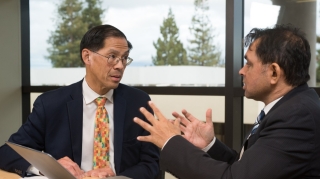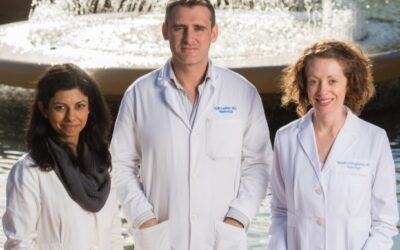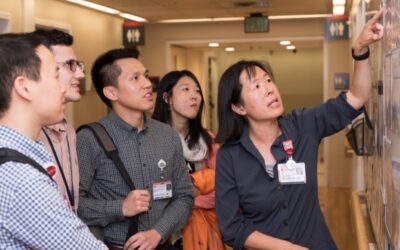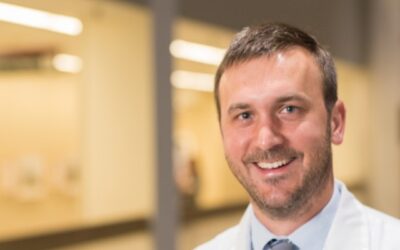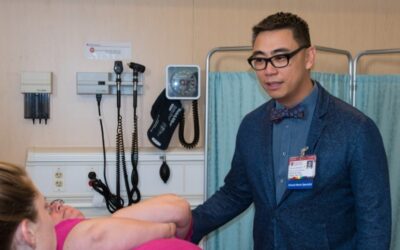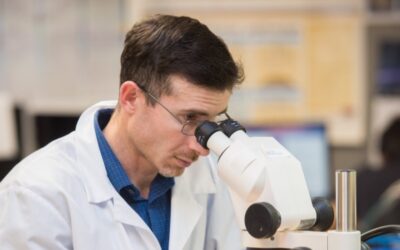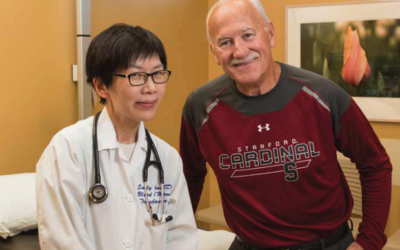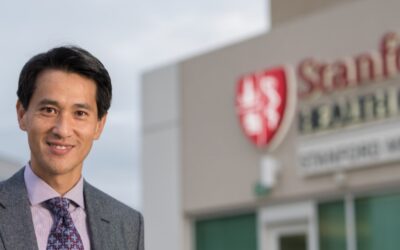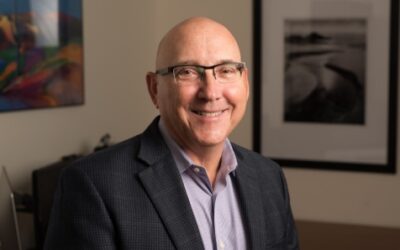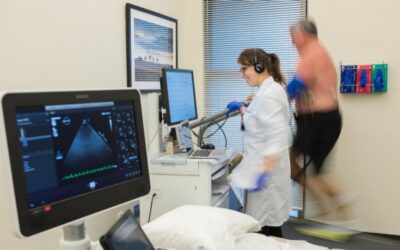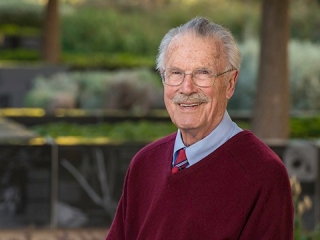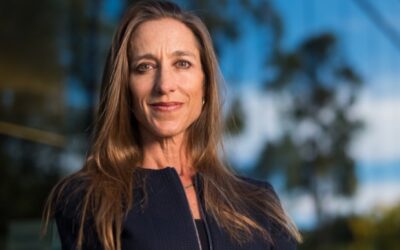Knowledge is...
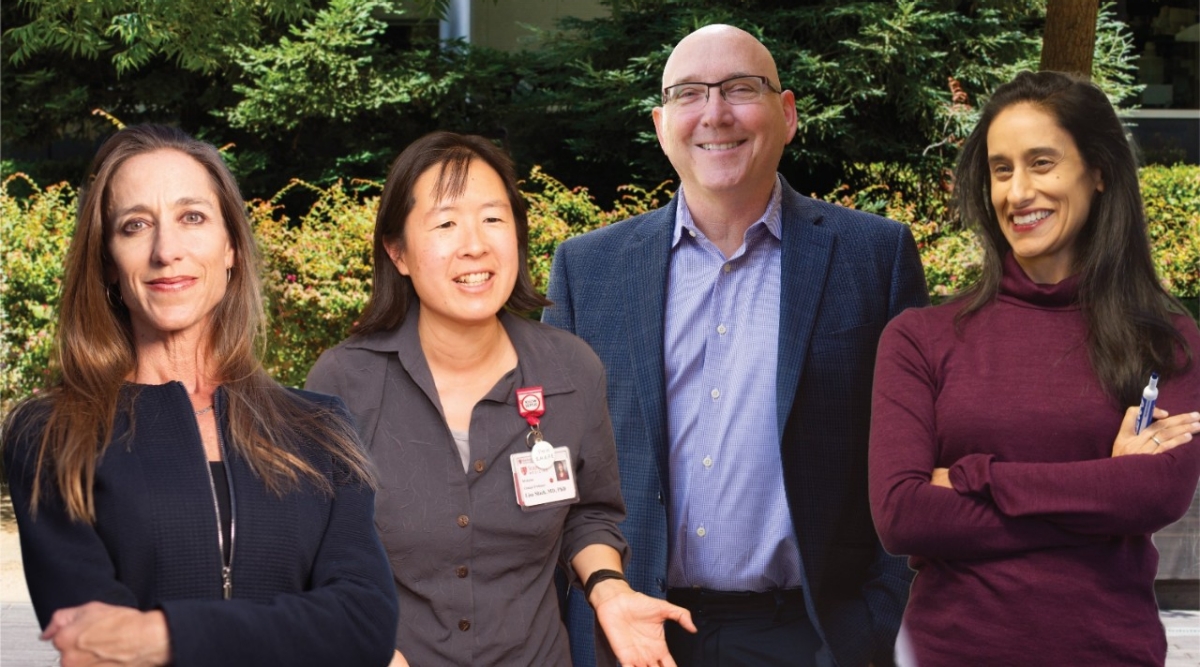
2018 Annual Report
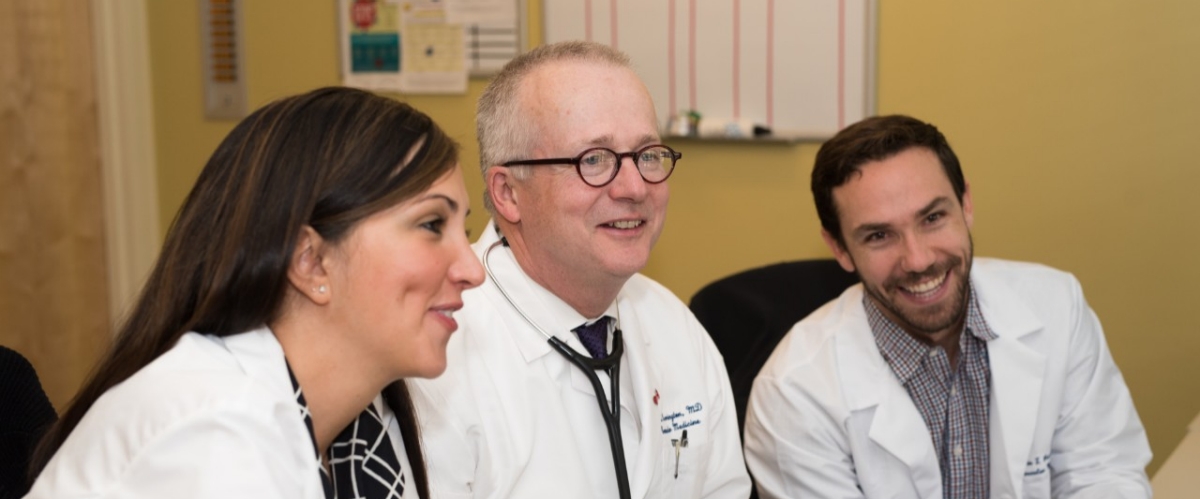
Welcome!
As we undertook the construction of this year’s annual report, we agreed upon a theme pretty quickly. We’re an academic institution, so we’re in the business of dealing with knowledge: we create it, we share it, we apply it, and we translate it. The theme KNOWLEDGE IS... became the backbone of our report, and it fits well with the four strategic priorities of our department:
1) invest in science and research
2) educate and train the next generation
3) elevate the culture of clinical care
4) connect science to the clinical
Each of the 20 articles in this report has a direct line to the theme and our priorities. Four articles describe how we CREATE KNOWLEDGE by investing in science and research: through the work of the Quantitative Sciences Unit, the creation of the Arrhythmia Center, new programs in Oncology, and the efforts of three young Nephrology faculty.
We SHARE KNOWLEDGE as we educate and train the next generation. You’ll read about our residents’ quality improvement research course, Stanford’s translational investigator program, our growing community of advanced practice providers, recent findings that were shared in a prestigious GI journal, and the scribe program for recent college graduates.
As we APPLY KNOWLEDGE, we elevate the culture of clinical care, seen here in articles about the use of ultrasound in rheumatology, a bone marrow recipient and his donor, the impressive presence of our pulmonary colleagues at our new Emeryville clinic, one of our faculty who volunteers in Haiti, improving medication safety at the VA, and one of our faculty who is a national preventive health leader.
And we connect science to the clinical when we TRANSLATE KNOWLEDGE from the bench to the bedside as told in articles about the Project Baseline study, an emeritus professor’s career in prevention, discovering a medical basis for chronic fatigue syndrome, and a quest to define the relationship between weight gain and insulin resistance.
Both our priorities and our theme are critically dependent on the attention and devotion of our talented staff. Whatever aspect of the department’s activities we think about—creating, sharing, applying, or translating knowledge—it cannot be accomplished without them. We showcase them through two pages of photos and commentary.
This report barely scratches the surface of what the Department of Medicine does on a daily basis. It is, however, a nice representation of our recent past, our present, and in many cases our future. I’m pleased to share our 2018 ANNUAL REPORT with you.
Sincerely,
Robert Harrington, MD
Chair, Department of Medicine
Knowledge is...
… Creating
We CREATE KNOWLEDGE by investing in science and research: through the work of the Quantitative Sciences Unit, the creation of the Arrhythmia Center, new programs in Oncology, and the efforts of three young Nephrology faculty.
Quantitative Sciences Unit: It’s Not About the Sample Size
When Manisha Desai, PhD, a professor of biomedical informatics research, arrived at Stanford in 2009, she says she “kept hearing that there are just not enough statisticians on campus to provide all the necessary statistical support. And I felt that it shouldn’t be that way.”…
The New Stanford Center for Arrhythmia Research: A Multidisciplinary Approach at Heart
The Division of Cardiovascular Medicine has launched the Stanford Center for Arrhythmia Research with the aim of bringing a larger multidisciplinary approach to build on the success of the longstanding Cardiac Arrhythmia Service.
Conversations on Combating Cancer
At Stanford, oncologists are tackling many sides of cancer research and patient care through innovative collaborations and programs. Two new programs in the Division of Oncology demonstrate this.
Young Nephrologists Asking Big Questions About Kidney Diseases
At Stanford, a trio of early-career researchers exemplify the breadth of current nephrology research, and the energy and creativity needed to tackle some tough questions.
… Sharing
We SHARE KNOWLEDGE as we educate and train the next generation. You’ll read about our residents’ quality improvement research course, Stanford’s translational investigator program, our growing community of advanced practice providers, recent findings that were shared in a prestigious GI journal, and the scribe program for recent college graduates.
Residents’ Elective Tackles Quality Improvement Research
A unique offering of Stanford’s medicine residency program is one month spent exclusively on research. One research opportunity that has been growing in popularity is devoted to quality improvement (QI).
The Tipping Point: How Stanford’s Translational Investigator Program Supports—and Propels—the Careers of Early Physician-Scientists
The Department of Medicine’s Translational Investigator Program (TIP), is designed to provide unparalleled training and mentorship to individuals who are planning careers as physician-scientists.
Embracing a Growing Community of Advanced Practice Providers
A growing community of advanced-practice providers—including registered nurses, nurse practitioners, and physician assistants—will both complement, and enhance, the practice of medicine.
Old Gut, Young Gut: What’s the Difference?
Laren Becker, MD, wants to know why, as we age, our digestive systems become finicky. His recent study of the guts of mice led him to discover a driving factor: immune cells change with age and, in turn, change the movements of the GI tract.
A Unique Scribing Model: The Comet Fellowship for College Graduates
COMET (Clinical Observation and Medical Transcription Fellowship) is the brainchild of Steven Lin, MD, a clinical assistant professor of primary care and population health, who proposed a scribe service model with a twist.
Invaluable TEAM members
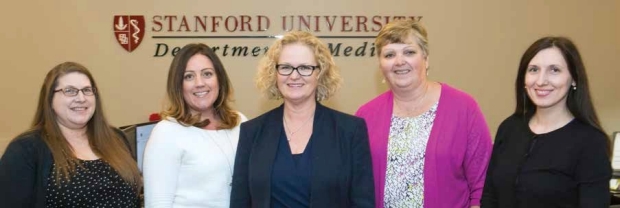
With the support of our many talented and dedicated staff employees, the Department of Medicine is pursuing an array of ambitious goals as its members create, share, apply, and translate knowledge. Staff are involved in myriad activities, reducing much of the administrative burden on faculty and allowing them to pursue the department’s strategic priorities.
On the research side, department employees play crucial roles in managing and operating both laboratory and medical clinic facilities. Assured that these critical pieces of the job are well handled, physician-scientists and their associates are free to focus on their basic science and clinical research projects.
On the educational front, departmental staff support trainees as they begin and develop their careers, colleagues as they learn more about a current position or learn skills to move into a new position, and new staff as they are brought on board. Where patient care is concerned, departmental employees are responsible for scheduling patients and procedures, seeing that clinics and other facilities meet or exceed all criteria of licensing and accrediting bodies, and staffing areas of service to ensure that the needs of patients are met at all times.
There is much crossover within the department’s priorities, requiring a high level of cooperation and coordination among the staff. It is in large part owing to this collegiality that the department is able to reach, and often exceed, its goals.
Among all the outstanding staff in the Department of Medicine, 12 stood out as Employees of the Month in 2017, and they are noted in the chart at right.
2017 EMPLOYEES OF THE MONTH
January JEANETTE CONLEY Stanford ValleyCare
Febuary INES CAMPERO Stanford Prevention Research Center
March ARNOLD SHIR Stanford Health Policy
April MIHAELA BOZDOG Faculty Affairs Group
May HANBANG ZHANG Upi Singh Lab
June ERIN AVERY Nutrition Research Group and WELL
July JASMIN STEINER Primary Care and Population Health
August BETH DUFF-BROWN Center for Healthcare Policy and Center for Primary Care and Outcomes Research (CHP/PCOR)
September MICHELLE LEE Medicine Residency and Educational Programs
October DONNA MEDVED Medicine—Gastroenterology & Hepatology
November JULIE J. ANDERSON Med/HIP/BeWell
December CHIKA EGEMBA Center for Healthcare Policy and Center for Primary Care and Outcomes Research (CHP/PCOR)
… Applying
As we APPLY KNOWLEDGE, we elevate the culture of clinical care, seen here in articles about the use of ultrasound in rheumatology, a bone marrow recipient and his donor, the impressive presence of our pulmonary colleagues at our new Emeryville clinic, one of our faculty who volunteers in Haiti, improving medication safety at the VA, and one of our faculty who is a national preventive health leader.
Musculoskeletal Ultrasound Clinic Is a Boon to Patient Care, Education, and Research
The American College of Rheumatology is moving toward incorporating ultrasound as part of rheumatology training; Dr. Fairchild will be building that training into the fellowship curriculum.
Bone Marrow Transplant Survivor Connects with Donor Halfway Around the World
In February 2014, Gross received his bone marrow transplant from a stranger who was a fully matched, unrelated donor and turned out to be from the other side of the world. Two years later, he meets his benefactor.
Pulmonary and Critical Care Medicine Expands to Emeryville
Stanford’s Pulmonary and Critical Care Medicine expanded to Emeryville where it offers a comprehensive pulmonary program that manages lung diseases from the common to the complex.
Doctoring in Haiti Twice a Year
In La Croix, Haiti, population approximately 600, 12 to 14 medical missionaries arrive twice yearly, paying their own expenses, to attend to whatever medical needs they encounter.
United by Technology: A New Medication Safety Program at the VA
The MedSafe project seeks to use technology as a tool to create stronger bonds among far-flung hospitals and clinics. This information sharing creates a broad community of practice and practices, funneling research, technology, and real-world knowledge into something that ultimately benefits the individual.
A Medical Task Force That Impacts Virtually Every Primary Care Patient and Practice
Stanford’s Douglas K. Owens, the Henry J. Kaiser, Jr. Professor of Medicine, was named vice chairperson of the U.S. Preventive Services Task Force in spring 2017.
… Translating
We connect science to the clinical when we TRANSLATE KNOWLEDGE from the bench to the bedside as told in articles about the Project Baseline study, an emeritus professor’s career in prevention, discovering a medical basis for chronic fatigue syndrome, and a quest to define the relationship between weight gain and insulin resistance.
The Project Baseline Study: Offering a Unique Contribution to Mankind
The Project Baseline study is enrolling approximately 10,000 participants across the United States in an extraordinarily detailed, four-year examination of what it means to be healthy and to identify what happens during a transition to disease.
Reflections on a Lifetime of Disease Prevention
An interview with John Farquhar, the C.F. Rehnborg Professor in Disease Prevention, on how the Stanford Prevention Research Center got started, some of its achievements, and where he’d like to see the SPRC in the future.
Why Being Overweight Make (Some) People Sick
Not everyone who gains weight develops insulin resistance and metabolic disease. It’s a conundrum that’s puzzled doctors in recent decades, even as the waistline of the average American has grown.
Department of Medicine in Numbers
15 Divisions
540 Faculty (103 University Tenured and Nontenured Line, 109 Medical Center Line, 305 Clinical Educators, 23 Instructors)
30 Endowed Professors
879 Staff & Research Associates (540 Staff, 100 Research Associates, 239 Temporary Staff)
494 Trainees (135 Residents, 135 MD Fellows, 224 Post-docs)
$128.2M Sponsored Research ($79.2 million in federal grants, $29.2 million in non-federal grants, $19.8 million in clinical grants)
523 Grants (3 Program Projects, 58 R-01s, 31 Ks, 21 Us, 12 Training, 37 other Federal Awards, 361 Non-Fed & Clinical Trials)

